When should you replace your office chair?
Determining the right time to replace your office chair depends on the chair’s condition, comfort, and functionality, and on personal preference. Here are some indicators that it may be time to replace your office chair: 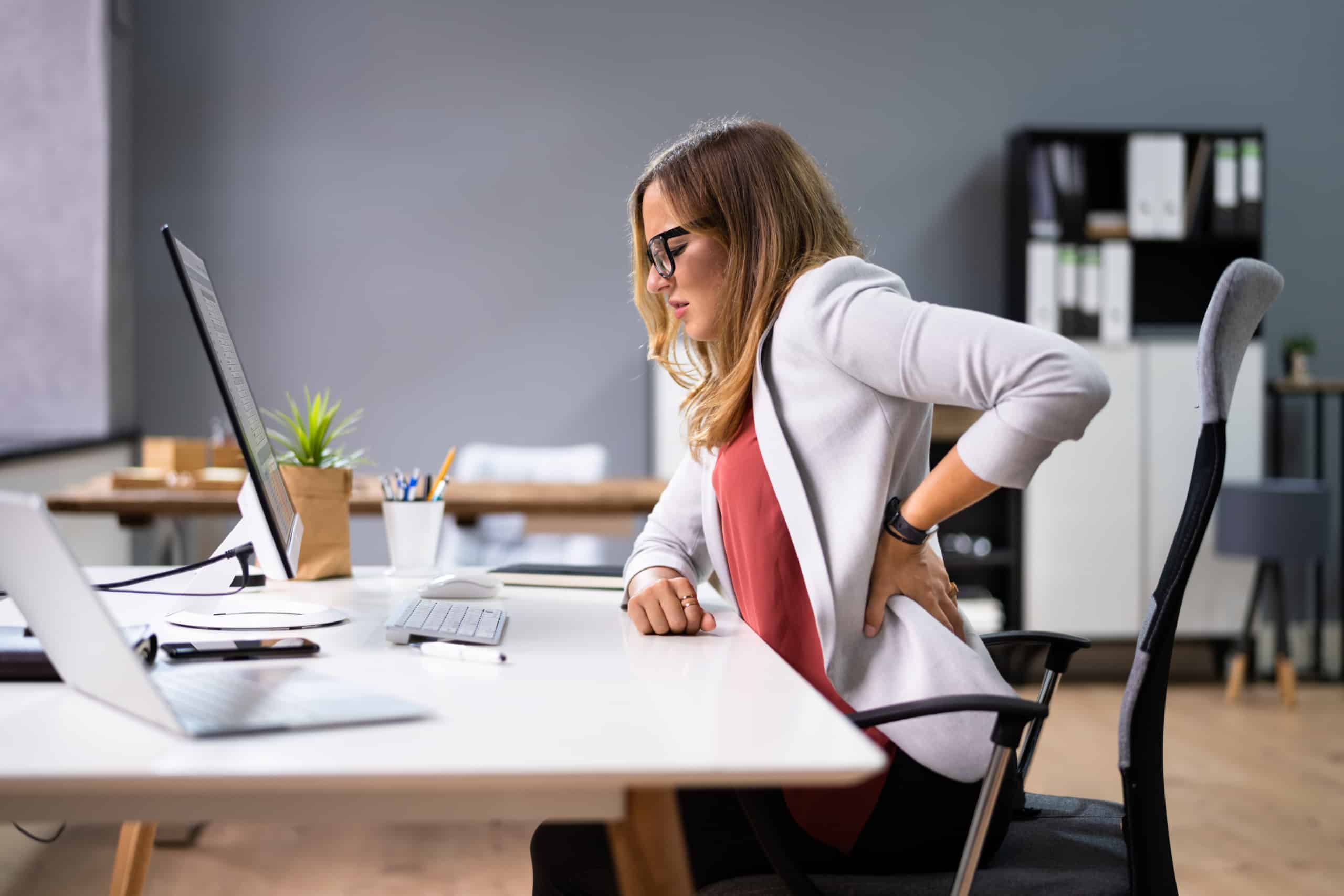
 A high-quality and ergonomic office chair is an investment in your well-being and productivity. If you are unsure about replacing your chair, consider a consult with an ergonomic specialist or professional who can evaluate your current chair’s condition and provide recommendations based on your specific needs.
A high-quality and ergonomic office chair is an investment in your well-being and productivity. If you are unsure about replacing your chair, consider a consult with an ergonomic specialist or professional who can evaluate your current chair’s condition and provide recommendations based on your specific needs.
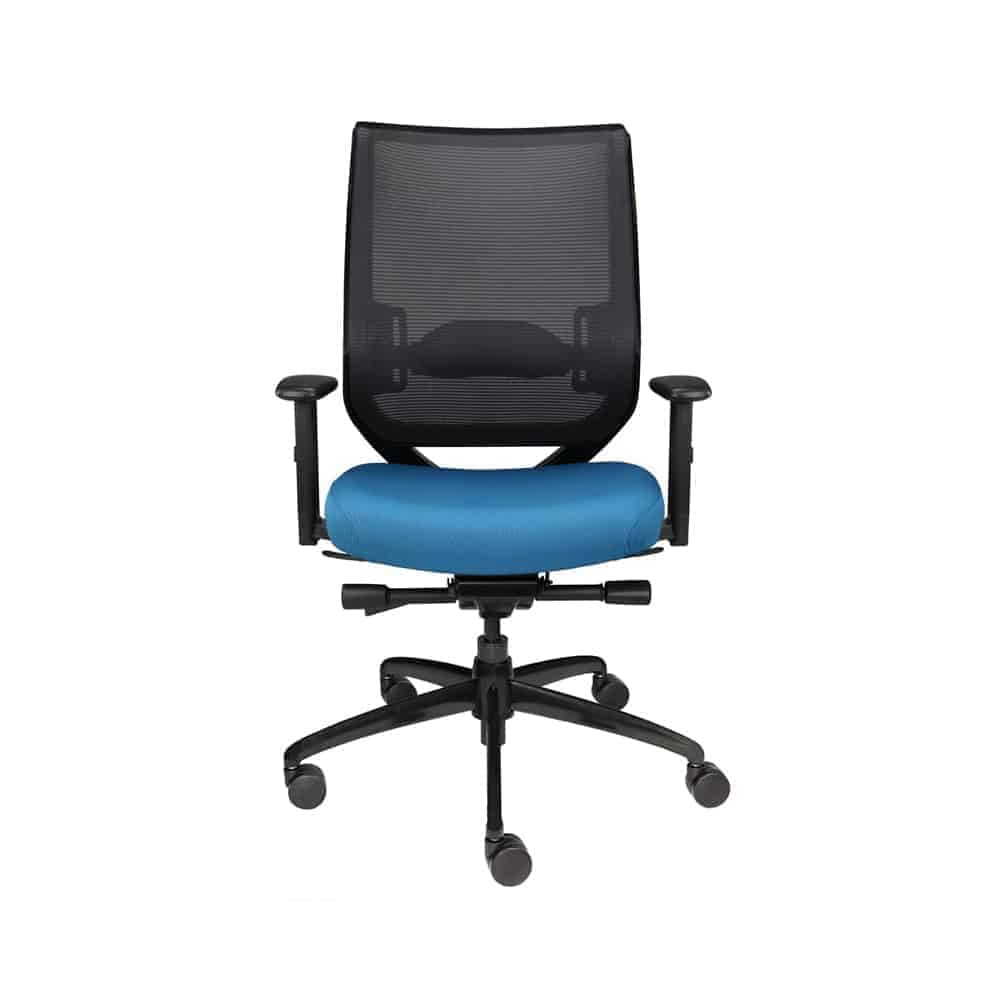
Task Chairs
(including desk chairs, workstation/cubicle chairs, benching chairs)
A task chair is a multi-functional ergonomic chair. Task chairs have many features that let users make adjustments to fit their individual bodies and work habits.
Popular features
Seat height:
Raise or lower your chair’s seat so that your feet can rest flat on the floor
Back height:
Raise or lower the chair back to support your back/lumbar spine
Tension adjustment:
Increase or decrease the support against your back/lumbar spine
Adjustable arms:
Raise or lower the arms on your chair to position yourself comfortably
Chair Tilt Lock:
Lock your chair into a desired position
Sliding seat pan:
Depending on your height, slide the seat forward for a longer seat, back for a shorter seat
Adjustable arm width:
Move the chair arms in or out to create optimal spacing
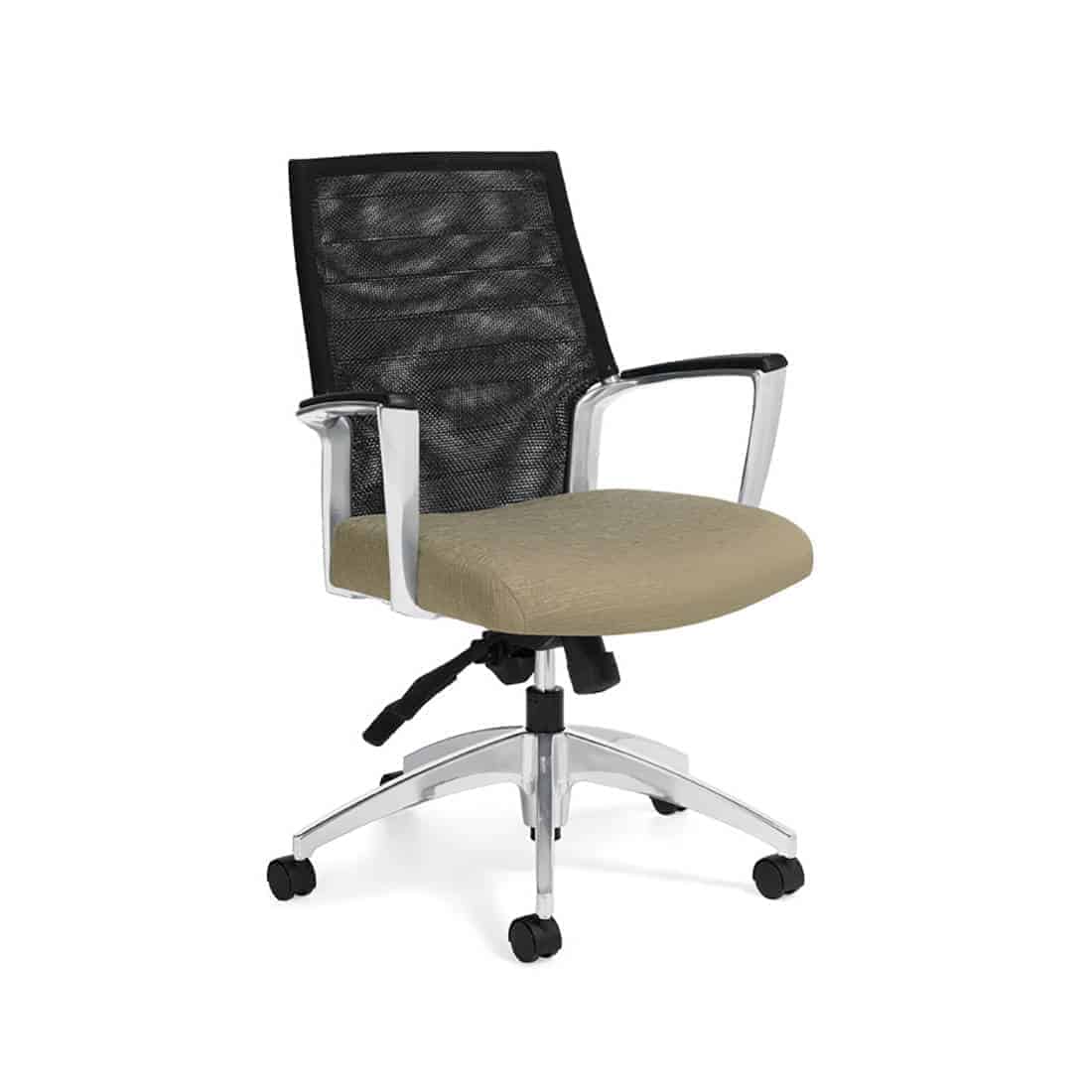
Conference Room/Meeting Room Chair
A conference room chair typically has fewer functions than a task chair. Most of the time, this chair is used with passive ergonomics. Conference/meeting room chairs are designed to be comfortable during less-intensive use.
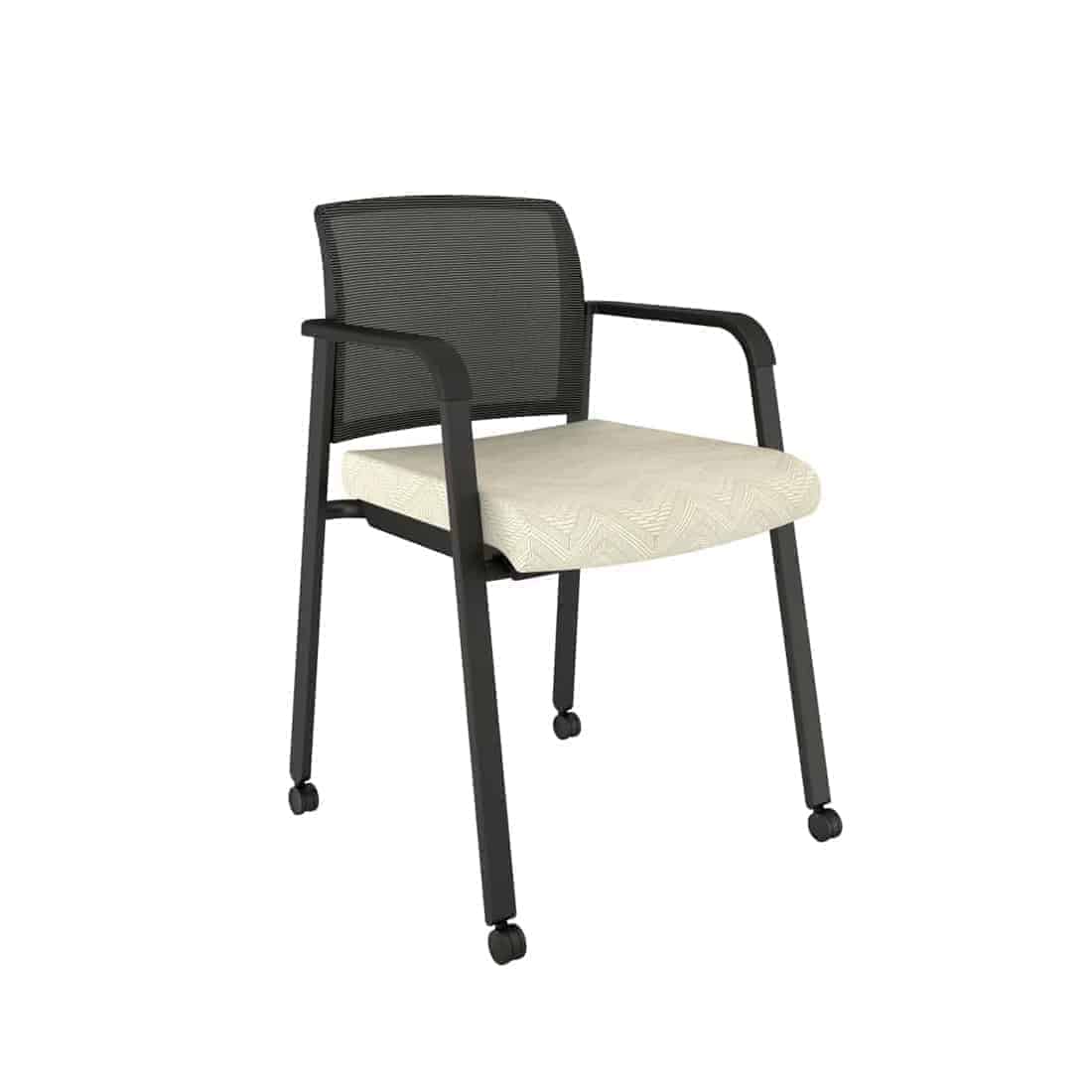
Guest Chair
A guest chair is for visitors. Typically, a guest chair is a 4-leg or sled base chair. It usually does not have any special features; however, in some cases casters are added for mobility.
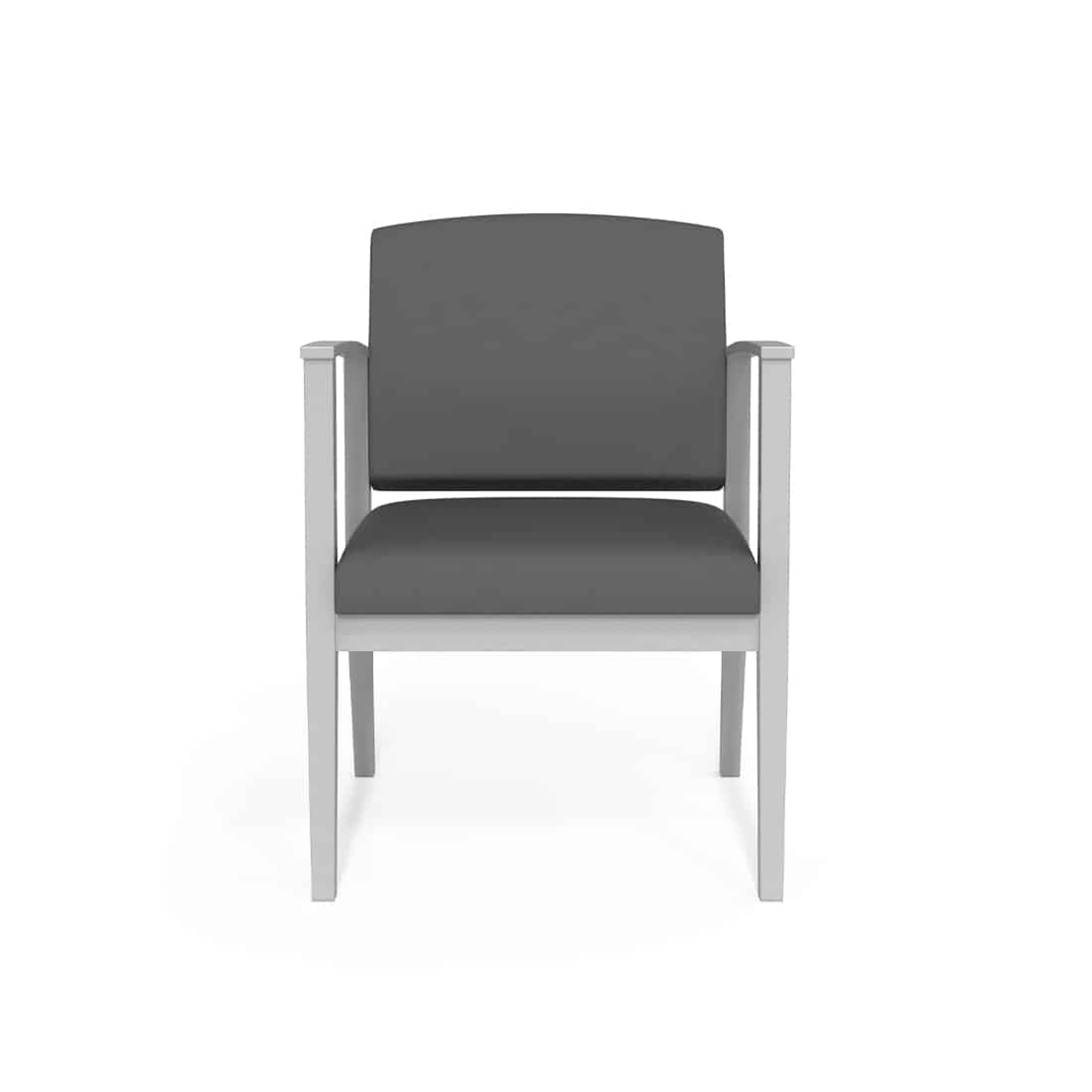
Lounge seating
Lounge seating is often referred to as comfortable seating or resimerical seating. This seating is used in lobbies, break-out areas, and reception areas. Lounge seating is designed for comfort and relaxation.


